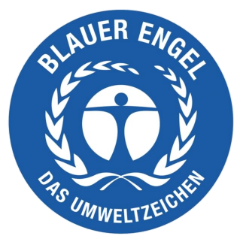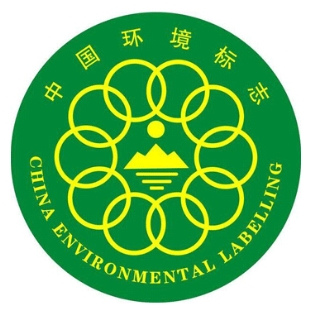Shown below is a table that provides all necessary EPEAT (required and optional) points that require public declarations.
| Table 1: EPEAT Criteria List - Lexmark Products | |||
| IEEE 1680.2 Criteria* | Required* or Optional* |
Description Name CAB Notes: |
URL (or pdf page) |
| 4.5.3.2 | Optional | Auto standby capability (navigate to: product power consumption, model number and hibernate wattage) | click here |
| 4.6.1.1 | Required | Provision of product take-back service (not required to publish a URL with the information, but this information is usually found on the manufacturer website) | click here |
| 4.6.1.2 | Optional | Provision of take-back service for broader scope of products | click here |
| 4.7.2.1 | Required | Public disclosure of key environmental aspects | click here |
| 4.7.2.2 | Optional | Public disclosure of supply chain toxics | click here |
| 4.7.3.1 | Optional | Product life-cycle assessment and public disclosure of analyses | click here |
| 4.8.4.1 | Optional | Provision of take-back service for packaging (not required to publish a URL with the information, but this information is usually found on the manufacturer website) | click here |
| 4.9.1.1 | Required | Allow use of general office paper with renewable content, recycled content and that is chlorine free (enter model, select user guide and then navigate to selecting paper or paper types tables) | click here |
| 4.9.2.1 | Required | Documentation that product does not prevent the use of nonmanufacturer cartridges and non-manufacturer containers | click here |
| 4.9.3.1 | Required | Provision of take-back and end-of-life management for cartridges and containers (this one requires the URL to be entered into the EPEAT Registry) | click here |
| 4.9.3.2 | Optional | Manufacturer recycles or reuses toner material collected through its cartridge and container take-back program | click here |
| 4.9.3.3 | Optional | Manufacturer recycles or reuses plastics collected through its cartridge and container take-back program | click here |
| 4.9.4.1 | Required | Documentation that the cartridge or container is not designed to prevent its reuse and recycling | click here |






